Biodynamic Psychology
Biodynamic Psychology is based on notions and methods shaped by Gerda Boyesen, and subsequently incorporated developments from other trainers of her psychotherapy school.
The frame in which Gerda Boyesen developed her ideas was set in Oslo (Norway) by Trygve Bråtøy, who was working at that time as a psychiatrist in the Oslo hospital. Bråtøy was trained by Wilhelm Reich, who was, in those days, one of Sigmund Freud’s main trainers. He later agreed with Reich, that the action of psychotherapy could be enhanced by associating psychological and bodily dynamics in one theoretical frame, and formed an association with a physiotherapist called Adele Bülow Hansen.
Scandinavia has formed some of the leading specialists on body techniques, and Bülow Hansen is one of them. Bråtøy and Bülow Hansen created a space in a psychiatric hospital where patients would be taken care of at the level of the body by a psychotherapist, and by a psychoanalyst who would also supervise the physiotherapy. Their idea was to construct a set of parallel but coordinate approaches, in which the psychiatrist would not touch the patient, but listen to what the psychotherapy sessions may have activated, while the physiotherapist would focus on body dynamics (e.g., muscular tension, blood circulation, posture, etc.), remaining attentive to what had been clarified during psychotherapy sessions.
Gerda Boyesen first trained as a clinical psychologist, and then later trained as a physiotherapist in the Bülow Hansen method. This move had been encouraged Ola Raknes, with whom Gerda Boyeson was having psychotherapy. Ola Raknes trained with Reich when he was developing a form of psychotherapy, called vegetotherapy, in which one person explored bodily and psychotherapeutic dynamics. When Reich exiled to the USA, Ola Rakness remained in contact with Reich and trained in Orgone therapy.
Rakness had a practice in Oslo and in London. When he became too old for constant travels, he asked Gerda Boyesen if she would replace him in England. She accepted, and for the first time had to work as a psychologist and as a physiotherapist with the same patient. This forced her to find a method which could combine psychotherapeutic and physiotherapeutic methods synergetically in such a way that one person could offer the type of treatment that provided in Bråtøy’s institute as well as classic vegetotherapy … which is how Gerda Boyesen began to assemble what was first known as the Gerda Boyesen Method. In the 1970s, many practitioners asked her to train colleagues, both in London and on the European continent. Having formed a teaching team (which included her three children: Ebba, Mona-Lisa and Paul Boyesen), she called her approach Biodynamic Psychology at the end of the 1970s. It is under this name that her method spread in all the continents.
The basis of Biodynamic Psychology thus synthesizes the Norwegian psychology of the 1960s (mainly Freudian and Jungian), Norwegian physiotherapy (mainly massage methods) and Reichian ways of coordinating body and mental work.
Her body of work focuses on the strengthening of psycho-physiological mechanisms of auto-regulation. By definition, for her, these mechanisms recruit mental, emotional, muscular, physiological and energetic dynamics. Her work has mainly focused on methods that open patients to the deeper layers of their souls. Gerda Boyesen’s assumptions are close to those of the Reich of the 1940s, who assumed that, once a person had been opened, natural auto-regulation would spontaneously activate mechanisms of inter-personal regulation that could lead to a happier life.
Paul Boyesen initially created the Psycho-Organic Analysis school because his experience had taught him that reconstructing a new life required not only an inner opening to one’s intra-organism regulation systems, but also a capacity to find social support through which such a reconstruction could gradually be realized. I use the term construction as suggested by Jean Piaget, who believed that individual enthusiasm and creativity only finds its full activity when it is echoed by relevant and dynamic social support. The implication of Paul Boyesen’s work in the 1980s is that Gerda Boyesen’s work requires additional methods that allow individuals to protect what they have discovered in depth psychotherapy when they find new ways of participating in the exhilarating but tough social contexts that characterizes human life today. I am sure that when asked, both Paul and Gerda would agree with this general formulation, but Gerda focuses on intra-organism dynamics, while Paul focuses on their incarnation.
In this web site I will develop these themes, but in what has become a different frame of reference.
Michel Heller
Assens 5.3.2004
Recommended reading:
— Boyesen, Gerda (1985): Entre psyché et soma. Introduction à la Psychologie Biodynamique. Texte établi et traduit par Paul Gérôme. Paris: Payot.
— Nunneley, Peg (2000). The Biodynamic philosophy and treatment of psychosomatic conditions. Bern: Peter Lang’s
News
-
For a new psychosomatic: what breaths between head and legsPsychotherapy of an organism (presentation & workshop) Symposium of the Le Noirmont ... more info
-
Michel Heller is interviewed by Helen Payne on body psychotherapy and researchOn a life trying to understand individuals as an organismic system, in which psychological, ... more info
-
Michel Heller (2022). L’organisme intime. Approches psycho-corporelles des troubles fonctionnels. Paris : L’Harmattan.The Intimate Organism is an analysis of the use of mind-body approaches to treat patients who ... more info
Quotes
-
Pierre Janet:«More generally, can we precisely separate physiological functions and psychological functions? Neuropathic disorders [...] are the expression of the activity of the entire organism, of its growth, its evolution, its involution. [...] Psychology is not independent of physiology, but it requires a more delicate, deeper physiology than that of digestion or respiration. The study of nervous and mental illnesses, far from being able to do without physiological and medical knowledge, will increasingly require much more in-depth physiology and medicine.” » (Pierre Janet, 1923, La médecine psychologique, III.II.2, p. 151)
-
Lamarck: Biological flexibility«Le point essentiel à considérer est que, dans tout système d’organisation animale, la nature ne peut avoir qu’un seul moyen à sa disposition, pour faire exécuter aux différents organes les fonctions qui leur sont propres.» (Jean-Baptiste de Lamarck, 1809, Philosophie Zoologique, III, Introduction, p. 464) NB The english translation does not accept this point of view.
-
The soul according to Descartes« Art. 30. The soul is in a very real sense joined to the whole of body, and that it cannot stritctly speeking be said to be in one of its parts to the exclusion of the rest, first because the body is a unity and in a sens indivisible, on account of the disposition of its organs, which are so closely connected with one an other that, when one of them is removed, the whole body is rendered defective; and secondly, because the soul is of a nature that has no relation to extension ot to the dimensions or other properties of the matter of which the body is constituted, but relates only to the total combintation of the body's organs.» (René Descartes, 1649, The Passions of the Soul, p. 207, translation by Michael Moriatry)
-
"Good sense is the most evenly shared thing in the world,""for each of us thinks he is so well endowed with it that even those who are the hardest to please in all other respects are not in the habit of wanting more than they have." (Descartes, Discourse on the Method of Properly Conducting One's Reason and of Seeking the Truth in the Sciences I. Translator: F. E. Sutcliffe)
-
As man thrived in different regions of the globe, he increased in number, established in society with fellow creatures,"and finally progressed and became civilized, his delights, his needs, increased and became more and more diversified ; he developed increasingly varied ways of relating to the society he lived in, which, among other things, generated increasingly complex his personal interests. His inclinations subdivided endlessly, generated new needs that activate themselves beyond the scope of his awareness. These grew into a huge mass of links that control nearly every part of him, without him being able to perceive it." (Lamarck, Lamarck, Histoire Naturelle des Animaux sans Vertèbres , vol. 1, 1815 : 278). Translated by Marcel Duclos and Michael Heller
Books of Michel Heller
-
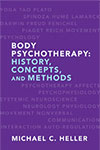
Body Psychotherapy
history, concepts & methods
New York: W.W. Norton, 2012
more info + order -
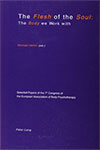
Flesh of the Soul
The body we work with
Bern: Peter Lang, 2001
more info + order -
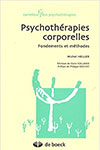
Psychothérapies corporelles
Fondements et pratiques
Louvain: DeBoeck, 2008
more info + order -
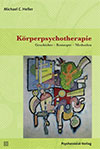
Körperpsychotherapie
Geschichte - Konzepte - Methoden
Erschienen im Oktober 2017
more info + order -
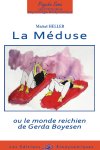
La Méduse
ou le monde reichien de Gerda Boyesen
Les Editions Biodynamiques
more info order -

L'organisme intime
Approches psychocorporelles des troubles fonctionnels
more info + order
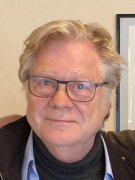
Michel Heller, Docteur in psychology & sport
Psychologist & Psychotherapist AVP/FSP/EABP
Avenue Virgile-Rossel 18
1012 Lausanne
021 683 17 47
Languages spoken : English & French
IMPORTANT: For an appointment, please telephone.
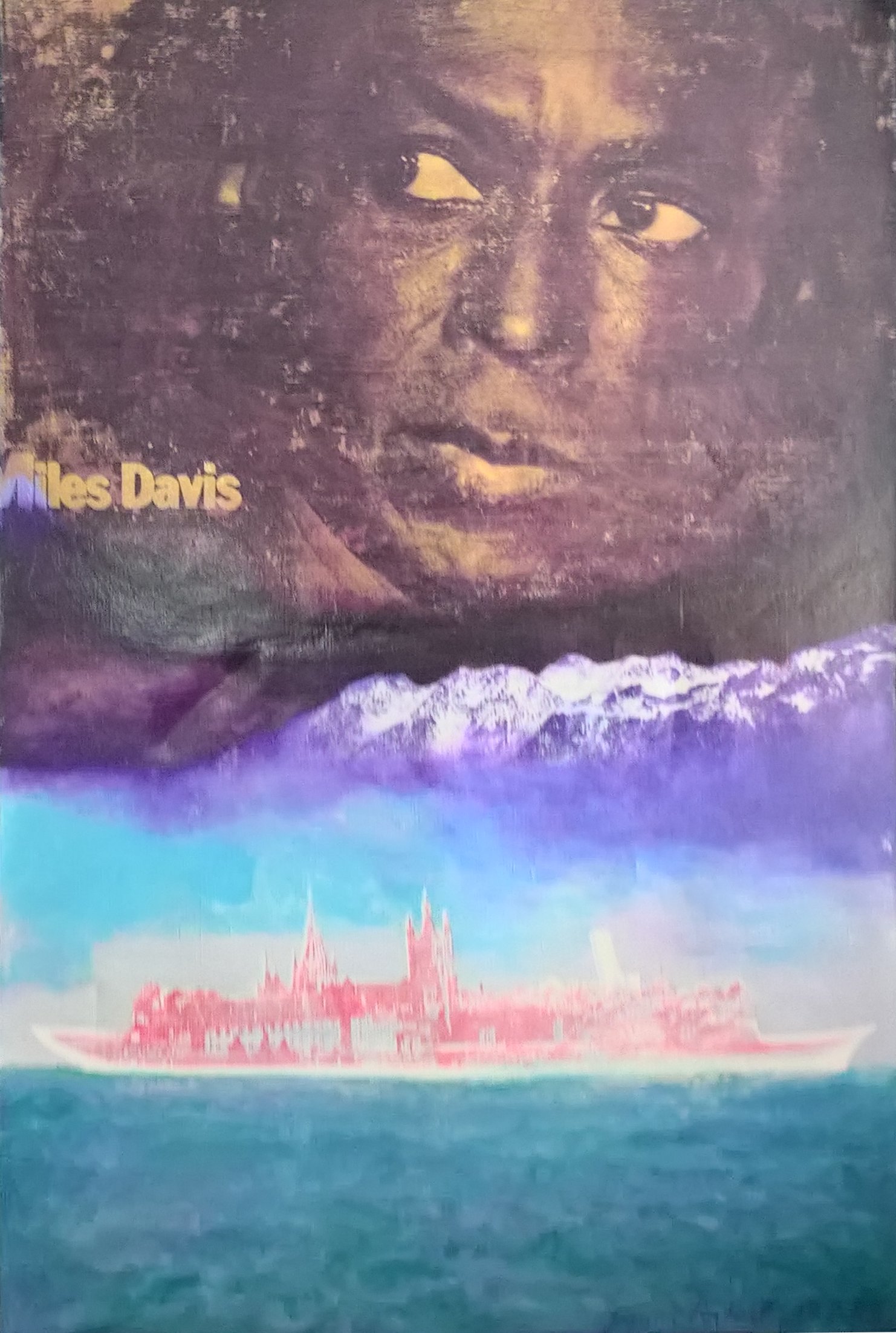
painted by Joanna Raphael